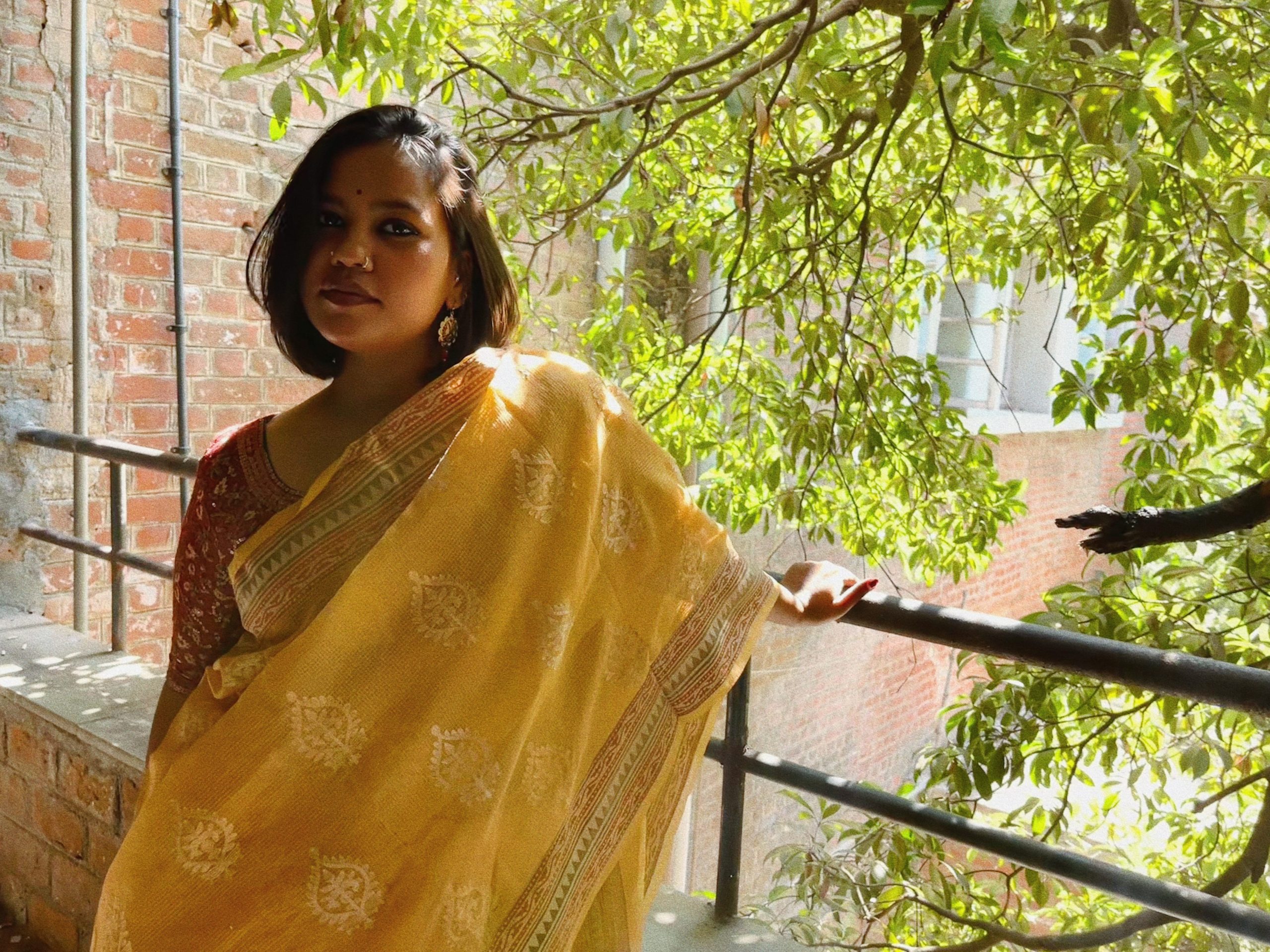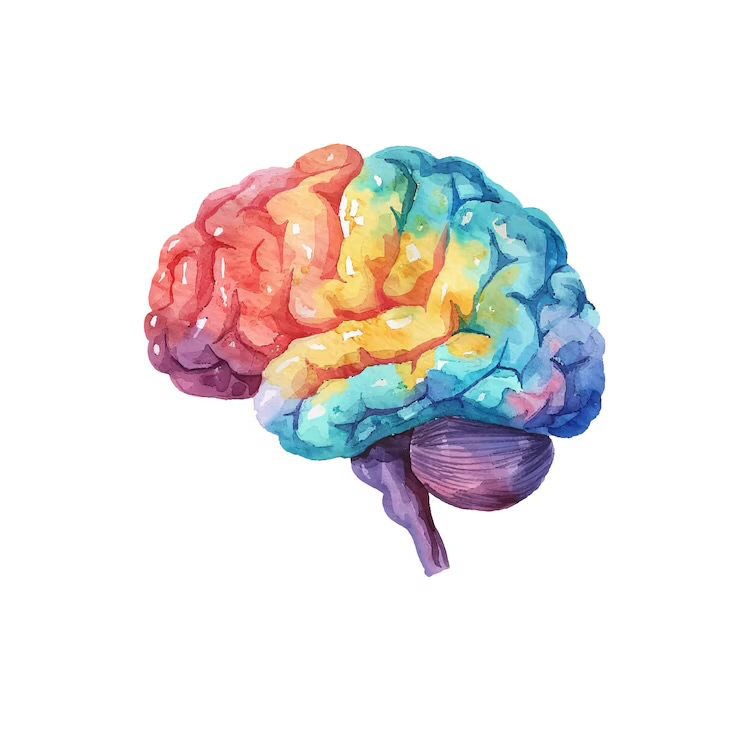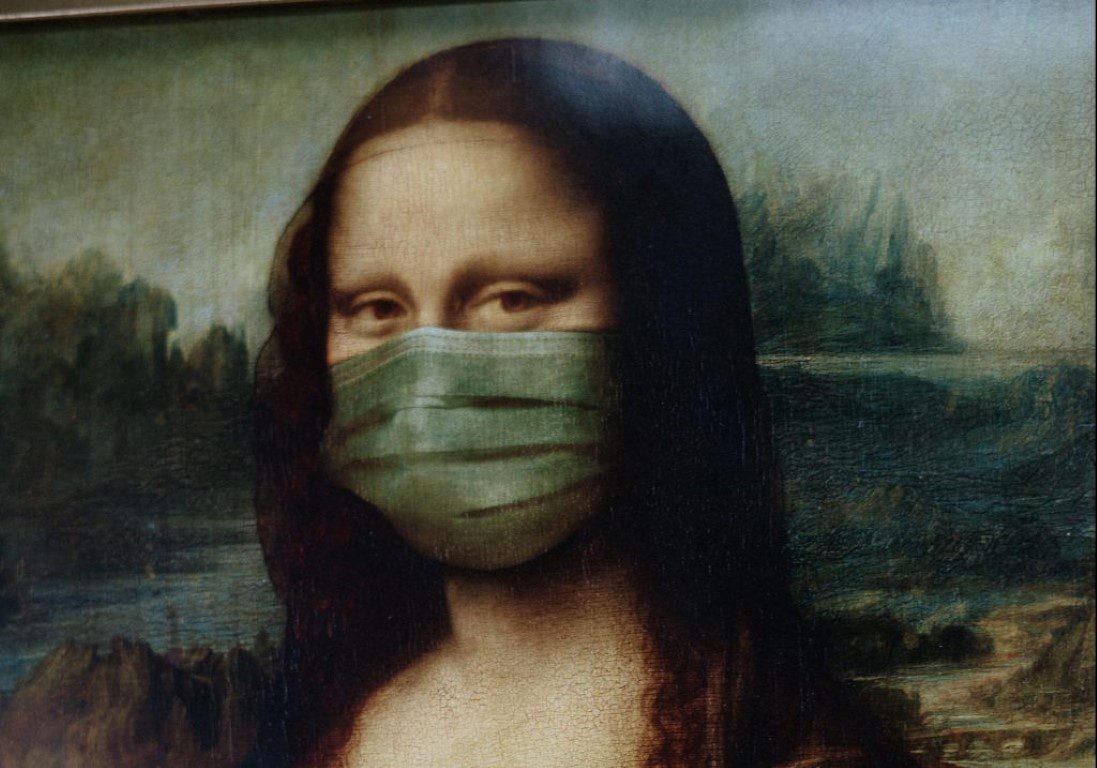Art is inherently subjective, created and interpreted through individual experiences, memories, emotions, and preferences. The aesthetic experience comes from the relationship between the viewer and the artwork. For the artist, creating is an emotional act. An artist must stay connected to their work as it develops; the creative process serves as a space for mutual growth, where both the artwork and the artist change and evolve.
Philosopher Bernard Bosanquet highlighted the importance of the “aesthetic attitude,” a state of openness and focused attention that allows a viewer to truly engage with an artwork. However, the aesthetic response isn’t guaranteed by the artwork alone; it also relies on the observer’s willingness. Without openness, even the most compelling work may go unnoticed.
Historical Context: The Growth of Art Psychology
Art psychology grew quickly between 1950 and 1970, coinciding with the rise of art history departments and museum education programs. The influence of Gestalt psychology, especially its focus on perception and holistic visual processing, supported this field. A key text from this time was Gestalt Therapy: Excitement and Growth in the Human Personality, which framed creativity as essential to emotional well-being. This emerging field often questioned Freudian psychoanalysis, especially its tendency to reduce artistic expression to signs of neurosis or repressed desire. In contrast, Carl Jung’s work was better received by art psychologists. His writings depicted art as a powerful way to access the personal and collective unconscious, allowing symbolic meaning and psychological insight to emerge.
Art psychology often faces criticism for its lack of scientific rigor. Since art is not a science, research in this area may be questioned for its subjectivity and interpretive aspects. The role of emotion in making and viewing art complicates efforts to apply standardized methods. Artists and scientists have different goals. Scientists usually seek distinct, objective results, while artists often aim for multiple interpretations. Their work is shaped by their experiences, memories, and emotional insights. Movements like Expressionism exemplify this by channeling inner tensions, spiritual forces, and emotions into visual form. While this subjectivity is sometimes criticized, it also allows art to resonate differently with each viewer, creating space for personal connections and meaning.
Expressionism: A Movement Rooted in Emotion
Expressionist art is not about replicating the world as we see it its about communicating how we feel in a world that is constantly shifting. Unlike classical traditions that focused on technique and proportion, Expressionism valued emotion, often sacrificing visual realism.
The movement emerged in early 20th-century Germany and Austria, influenced by the psychological effects of war, alienation, and industrialization. Artist groups like Die Brücke (The Bridge) and Der Blaue Reiter (The Blue Rider) rejected traditional forms and embraced introspection. The growing impact of Freudian theory, especially ideas about the unconscious and repressed emotions gave artists new language and freedom to explore their inner selves.

Expressionist works became emotional records of the artist’s psyche, allowing the expression of grief, fear, longing, and psychological unrest. Many techniques developed during this movement now serve as foundations for modern art therapy, where creating is seen as a process of healing and self-discovery.
Expressionism Today: Relevance in the Contemporary World
In today’s digital culture, where emotions are often filtered or concealed, the raw expressiveness of Expressionism seems increasingly relevant.
– Many contemporary artists revisit Expressionist strategies to tackle identity, trauma, or injustice.
– Collectors seek emotionally honest works, pieces that resonate beyond visuals and convey genuine sentiments.
– Museums and curators highlight Expressionist works in exhibitions that explore mental health, memory, and resilience.
Expressionism continues to resonate, perhaps more urgently than ever.
The Courage to be Raw
Expressionist art invites more than passive viewing; it requires emotional engagement. It encourages us to pause, reflect, and confront our inner states and those of others. It asserts that every emotion grief, rage, joy, tenderness is valid and deserves to be seen and expressed.
Art and psychology share a commitment to uncovering what lies beneath the surface. Whether in the studio or on the therapist’s couch, both aim to give form to the invisible. Expressionism reminds us: when words fail, images communicate.
Featuring Image Courtesy: Freepik

Minerva is a visual artist and currently serves as a sub editor at Abir Pothi.





